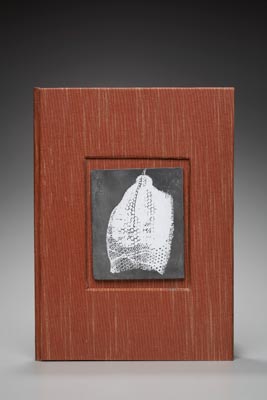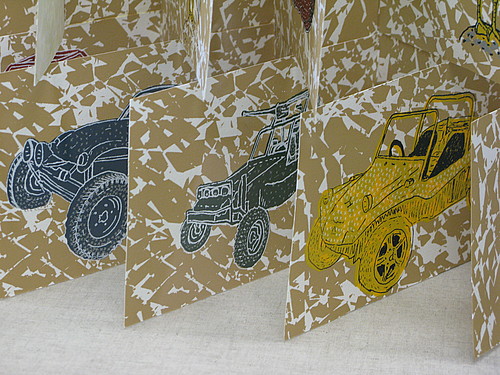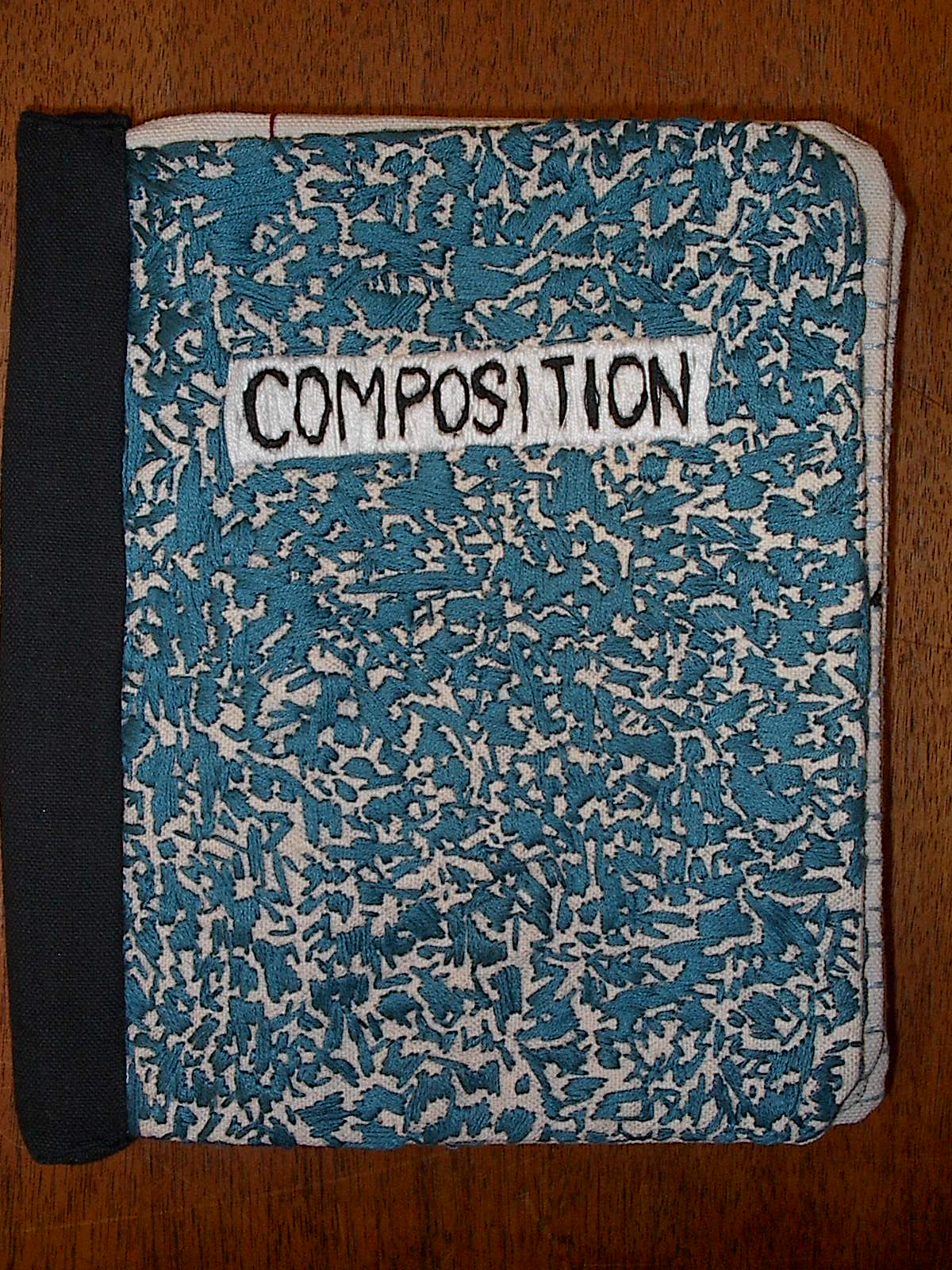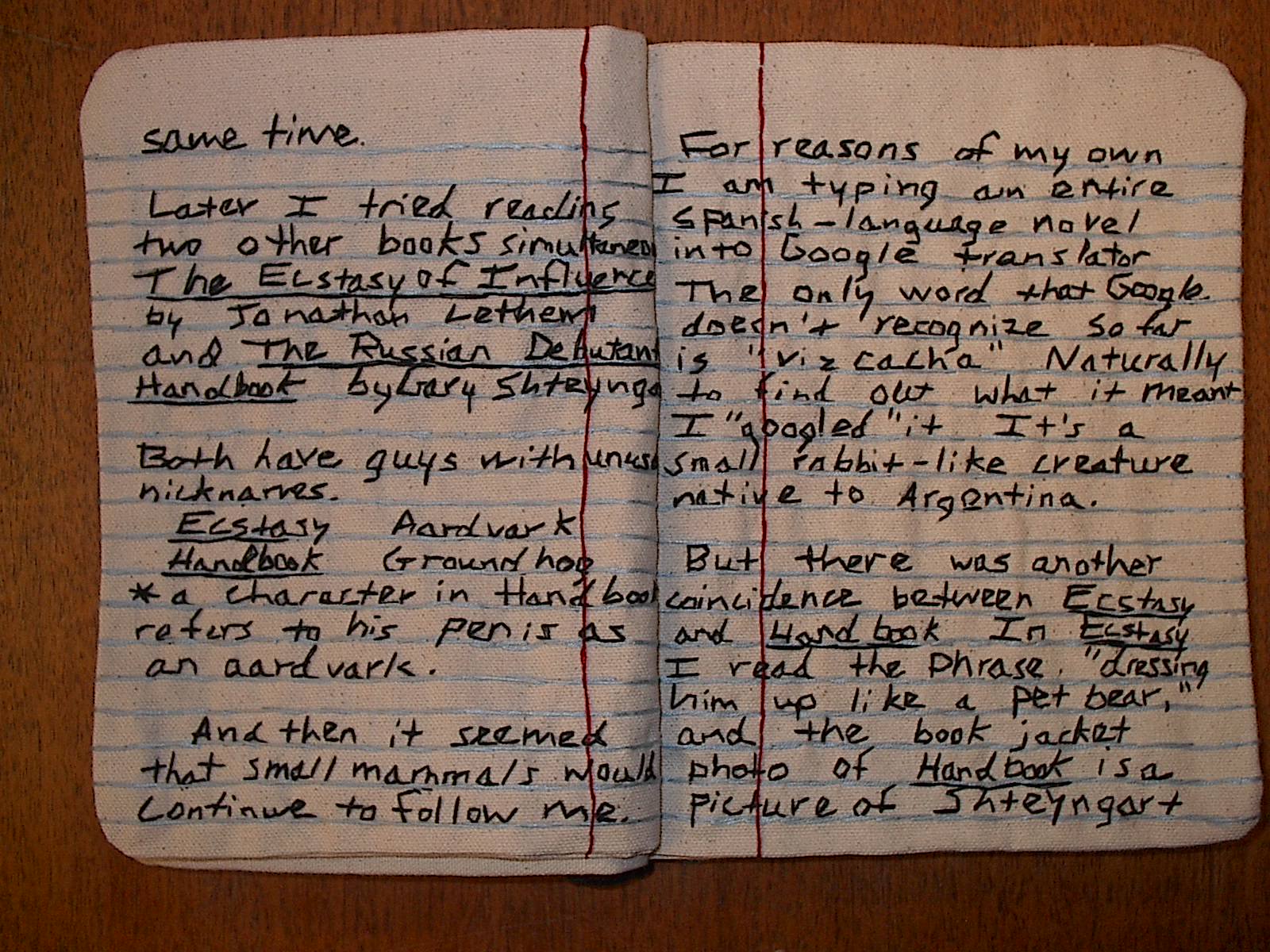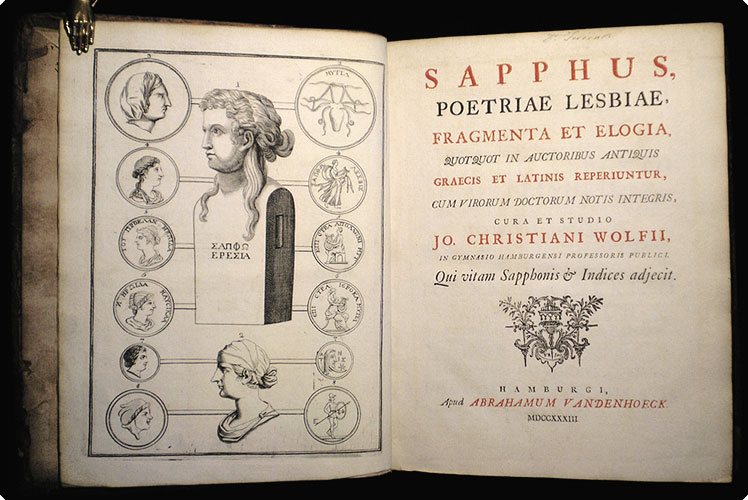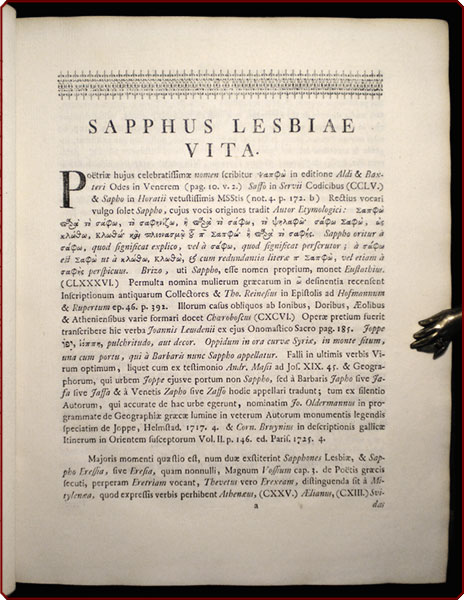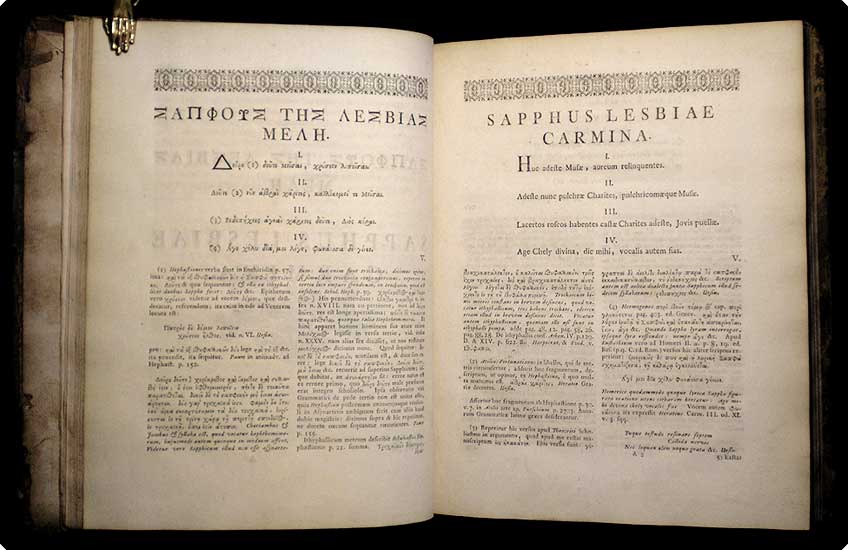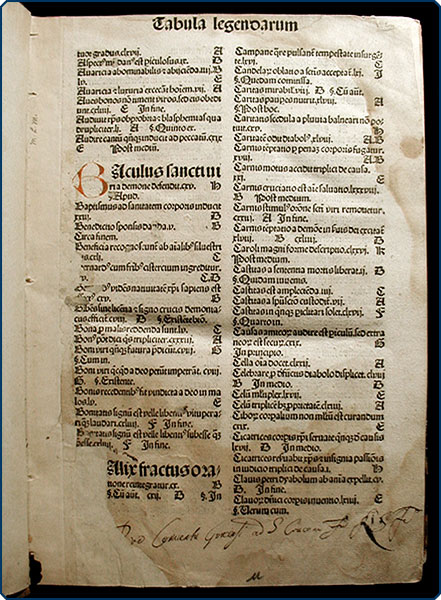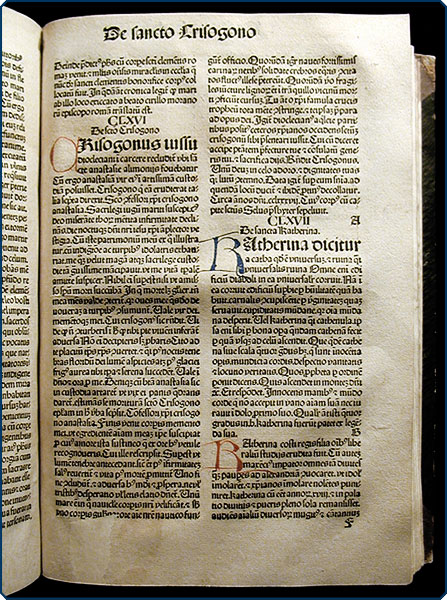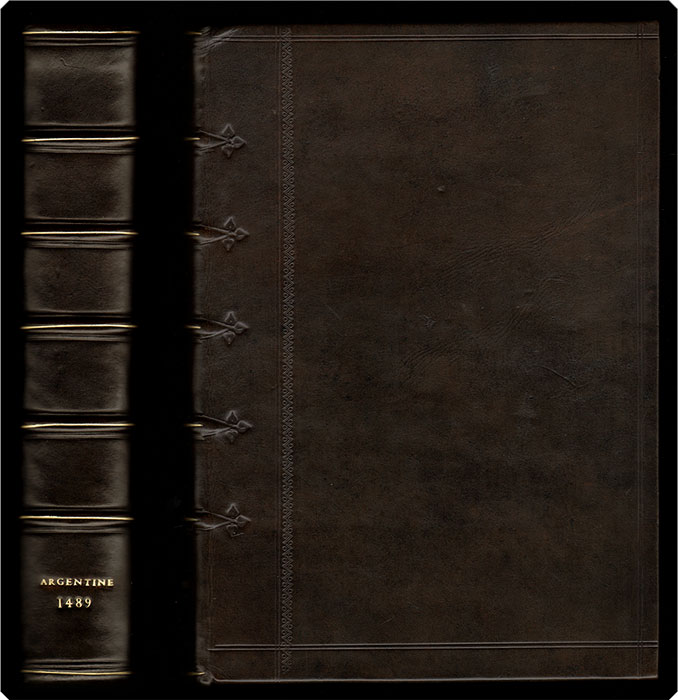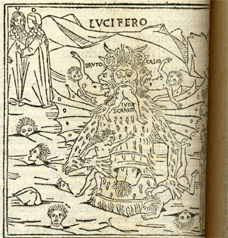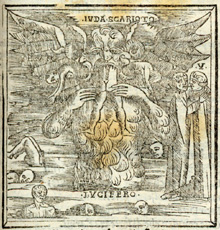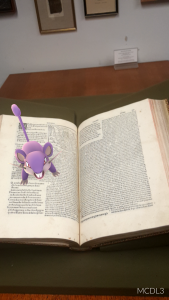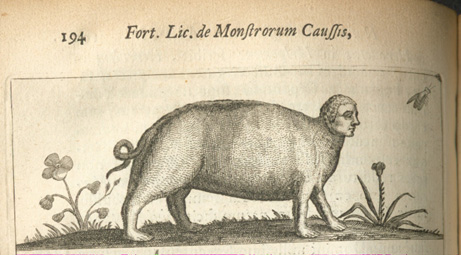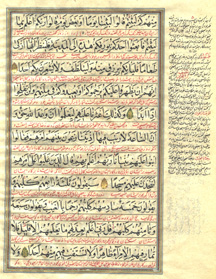In September of 2012, Carleton College professor and book artist Fred Hagstrom was the Press at Colorado College’s Visiting Lecturer. Special Collections owns three of Hagstrom’s books: Deeply Honored, concerning a Japanese-American internment camp, and two newly acquired books: Standing Place, gift of the artist, a book about the marriage of a Maori man and a Greek woman, and Forces and Fossils, which was made using blown-up illustrations from Ernst Haeckel’s 1862 book on microscopic protozoa, Die Radiolarien.
While he was here, Hagstrom showed us samples of books his students at Carleton had made. We thought students here might benefit from seeing books made by students elsewhere, and have therefore purchased four artists’ books made by Carleton students and alumni: Holly Phares’s Important to My Sanity and Future, Myla Fay’s The Salton Sea Guide to Birds and Dune Buggies, Liz Giraud’s Love Hertz, and Heather O’Hara’s The Handbook of Practical Geographies.

